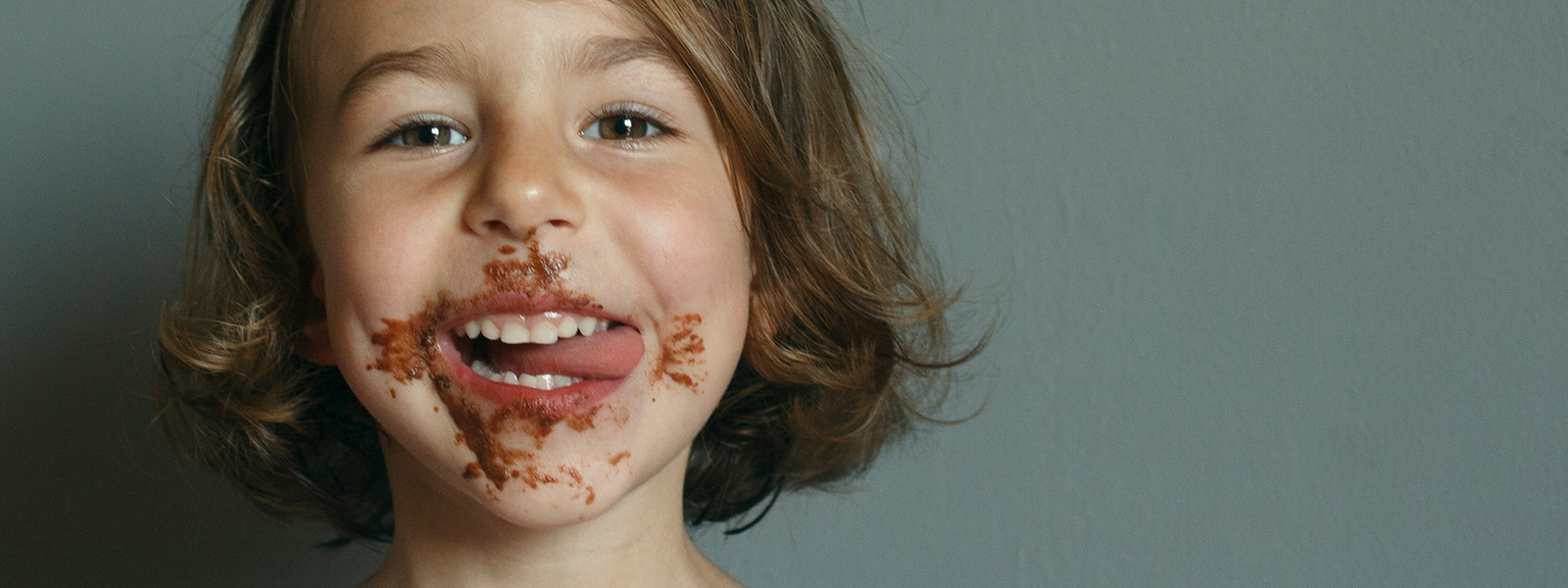
Speech Sounds
School Years 3-6
Speech sounds are the sounds we make, using our mouth, to form words. To make sounds the brain needs an idea to communicate, then it send the idea to the mouth telling it which words to say and the sounds to make. This includes signals to the muscles that control the tongue, lips and jaw.
Children will form their accent based on their environment and what they hear, therefore it is common for children to use “f in place of “th” e.g. ‘thanks’ said as “fanks” or they may drop the ‘t’ sound in words like ‘letter’, ‘bottle’ and ‘boat’.
- Accepting a child’s speech attempts as their best effort. Children are not lazy when it comes to speech sounds; it is just that they are not ready and/or able to use the correct ones.
- Listening to what the child is saying rather than how the child is saying it. Remember that all children make pronunciation errors when learning to talk.
- Modelling back the correct word if a child uses the wrong sounds.
- Not asking your child to repeat the words they are finding hard to say.
- Modelling new or tricky words lots of times for the child so they can hear the sounds used.
- Acknowledging when you cannot understand and encouraging the child to tell you again, maybe in a different way, or show you if possible. Never pretend you have understood.
- Clapping out the syllables in words to allow the child to hear all parts of the word. E.g. te-le-phone. You could try clapping out your names, favourite foods or favourite TV or book characters.
- Remembering the fact that just because a child cannot say a sound correctly does not necessarily mean that the child will be unable to learn to read and spell in the same way as other children do.
Watch our speech sounds videos here.



